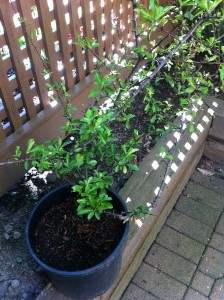 Recently I was asked to plant thirty nine Pyracanthas in New Westminster so it’s a good time to examine this evergreen shrub belonging to the Rosaceae family.
Recently I was asked to plant thirty nine Pyracanthas in New Westminster so it’s a good time to examine this evergreen shrub belonging to the Rosaceae family.
It’s related to Cotoneaster but its leaves have serrated margins and it has thorns.
White flowers come out in early summer and later berries. Pyracantha is a good alternative to artificial walls and fences. It’s also good for wildlife because birds can nest in it, the summer flowers are good for bees and the berries provide food.
Pyracantha is easy to grow and requires little maintenance. Pruning for shape can be done three times a year.
Here is the key feature: the dense thorny structure makes Pyracantha valued in situations where an impenetrable barrier is required. This is why I found myself in New Westminster with thirty nine prickly specimens. The planting happened along the outer parkade walls because of several recent break-ins. Watch out bad people!


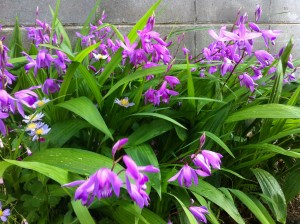
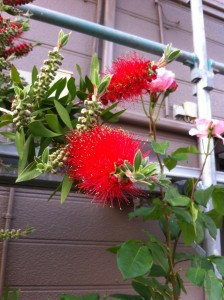
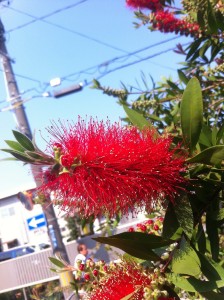
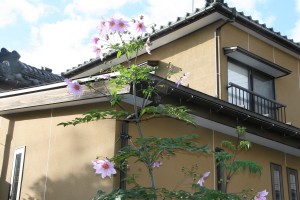
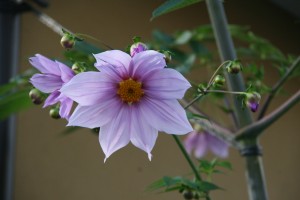



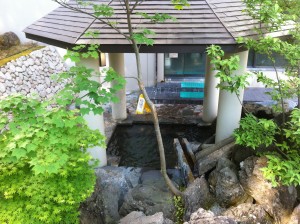

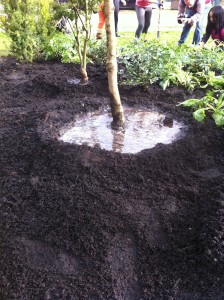 There is still time to join a free online soils course called Soils: Introducing the world beneath our feet, starting July 6, 2015, and taught by Dr. Carly Stevens from Lancaster University. It’s an online course with videos, articles, audio, discussions and assignments. Students will take part in activities that explore the soils where they live. No prerequisites or experience required, the course is open to all.
There is still time to join a free online soils course called Soils: Introducing the world beneath our feet, starting July 6, 2015, and taught by Dr. Carly Stevens from Lancaster University. It’s an online course with videos, articles, audio, discussions and assignments. Students will take part in activities that explore the soils where they live. No prerequisites or experience required, the course is open to all.

